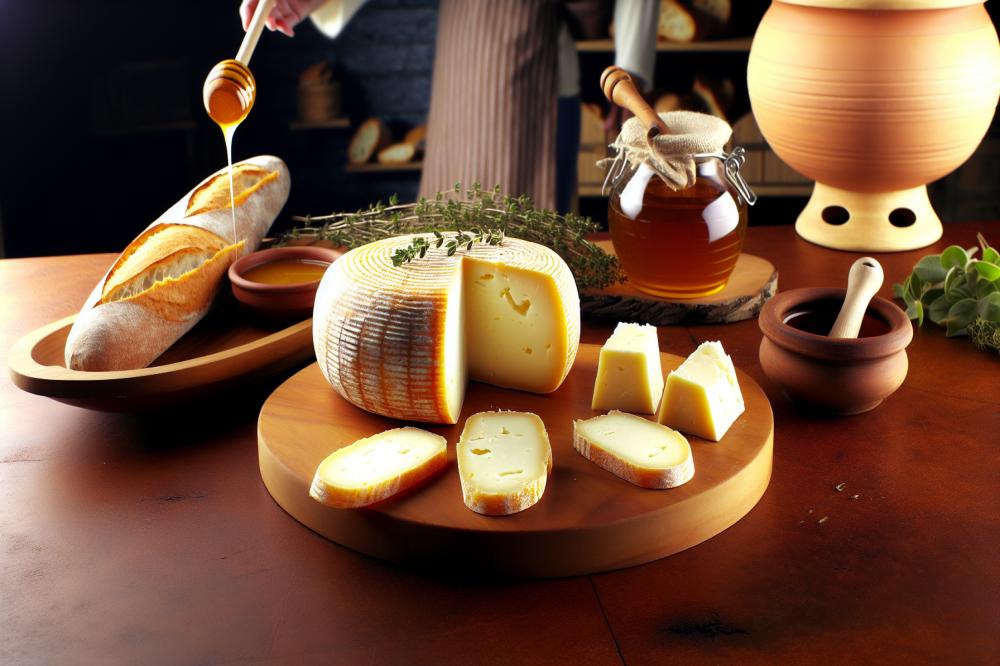Overview of cheeseofchoice.org/how-queijo-de-nisa-captures-the-essence-of-alentejo”>Queijo de Serpa
cheeseofchoice.org/how-queijo-de-nisa-captures-the-essence-of-alentejo”>Queijo de Serpa is a traditional cheese made in the Alentejo region of Portugal. Characterized by its rich flavor and creamy texture, it holds a special place in the hearts of cheese lovers. This artisanal product showcases the craftsmanship of local cheese makers, reflecting the landscape and culture of the area.
History and Origin of Queijo de Serpa
The origins of this cheese date back centuries. It is believed that the production began during the Roman Empire when shepherds needed a way to preserve milk. Over time, methods evolved, and it became a staple for the communities in the region. Historical records highlight its importance in local diet and trade.
People from various backgrounds have contributed to its development. Each generation of artisans has refined the techniques, adding their personal touch. The result is a recipe that has remained relatively unchanged while still adapting to modern tastes.
Cultural Significance in Portugal
Queijo de Serpa is more than just a food item; it represents the heart of Alentejo culture. Festivals celebrating this cheese attract visitors from all over. During these events, tastings and demonstrations showcase the traditional ways of making it. Local families often share stories of their favorite ways to enjoy this beloved cheese.
The cheese is also part of local rituals and gatherings. It appears on tables during celebrations, symbolizing warmth and hospitality. Many Portuguese people feel pride in this culinary heritage. They appreciate how it connects them to their roots and the land.
Taste Profile and Culinary Uses
The flavor of Queijo de Serpa is distinctive and bold. It has a slight nuttiness that develops from its aging process. Creamy and buttery, the texture is both smooth and dense, making it versatile in numerous dishes. This cheese pairs well with crusty bread, adding richness to every bite.
Chefs and home cooks alike enjoy its culinary possibilities. It can be melted over warm dishes, enhancing flavors in soups and stews. Additionally, it shines when used in salads or as part of a cheese board. The adaptability makes it a favorite among those who appreciate traditional Portuguese cuisine.
Queijo de Serpa is not just a cheese; it is a piece of history and culture that continues to thrive in modern kitchens. Understanding its origins and unique qualities offers a glimpse into the life and traditions of a rich heritage.
Queijo de Serpa
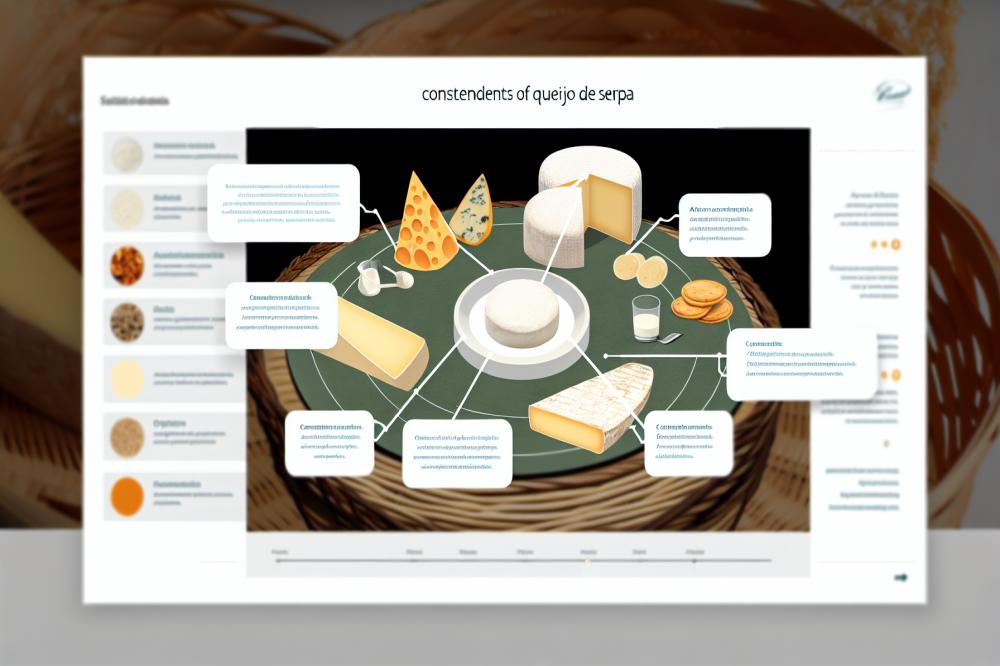
This traditional cheese hails from the Alentejo region of Portugal. It is made primarily from the milk of sheep. The production process reflects long-standing techniques passed down through generations. Each producer has their own touch, resulting in slight variations among batches. The aging process is fundamental, as it allows the cheese to develop its distinct characteristics.
Types of Milk Used
The primary ingredient for this cheese is raw sheep’s milk. Some artisanal varieties may also incorporate goat’s milk. The choice of milk influences flavor and texture considerably. Producers prefer local breeds, which thrive in the region’s climate. This practice highlights the authenticity of each wheel produced.
Texture and Flavor Characteristics
This cheese has a firm yet creamy consistency, making it easy to slice. As it matures, the rind hardens while the interior remains smooth. Flavors are robust and can range from mildly tangy to intensely savory. Notes of nuttiness and earthiness often emerge, giving it depth. Aged varieties present stronger flavors, appealing to adventurous palates. Pairing it with olives, cured meats, or even fruit can elevate the tasting experience.
Comparison with Other Portuguese cheeses
Comparing it to other well-known varieties, Queijo de Nisa is somewhat similar in texture but imparts different flavor nuances. Meanwhile, Queijo da Serra is creamier and richer, often enjoyed melting on bread. Each cheese tells a story of its region, culture, and methods. Consumers often find that the character of Serpa stands out due to its distinct aging process. Thus, exploring various Portuguese cheeses provides insight into the country’s rich dairy heritage.
Aging Process
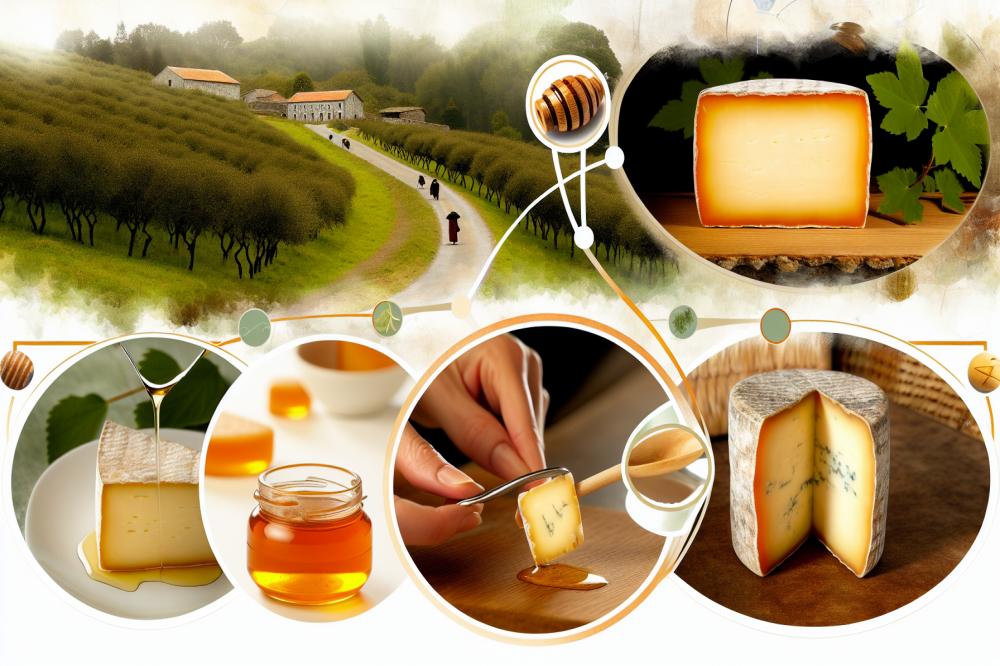
The aging process of this cheese is fascinating. It takes place in specific conditions that play a crucial role in developing its character. Freshly made cheese wheels are stored in caves or cool cellars, where ambient temperature and humidity are carefully monitored. This environment helps the cheese develop its rich flavors and aromas over time.
Environmental Factors Affecting Aging
Several environmental factors can influence how cheese ages. Temperature is one of the most critical aspects. If it’s too warm, the cheese may spoil; too cold, and it won’t mature properly. Humidity levels also matter. High humidity can promote the growth of beneficial molds, while low humidity may dry out the cheese.
The Role of the Local Microclimate
The local microclimate contributes significantly to the aging process. In regions where this cheese is made, variations in weather can enhance the final product. Seasonal changes may affect the flora and fauna around the aging facilities. These elements interact with the cheese, giving it distinctive qualities that reflect the land it comes from.
How Aging Influences Flavor and Texture
Aging dramatically affects both flavor and texture. Initially, the cheese starts soft, creamy, and mild. Over time, it becomes firmer and more robust in flavor. The interaction of the cheese with the air and the specific bacteria present during aging brings out complex taste profiles. Many aficionados appreciate the minerality and slight nuttiness that develop as time passes.
Texture changes as well. Aged varieties tend to have a more crumbly texture, while younger versions remain smooth. Each bite tells the story of its journey through time and the expertise involved in the aging process.
Recipe: Queijo de Serpa and Honey Crostini
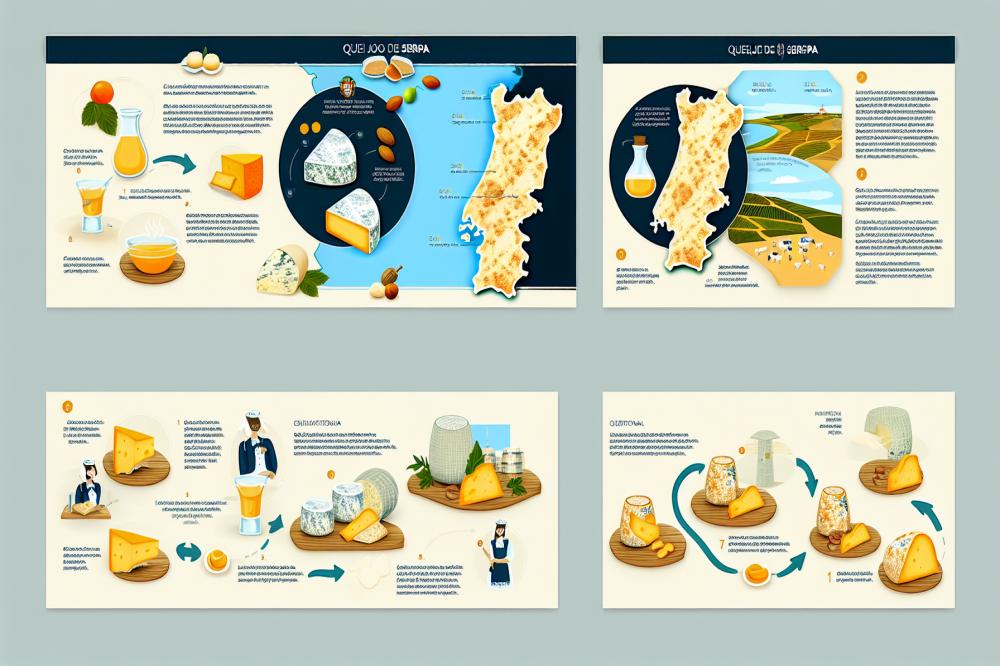
Simple and delightful, this appetizer combines rich cheese with the sweetness of honey. It’s perfect for gatherings or any casual snack time. Follow these straightforward steps to prepare an impressive treat that showcases this exceptional cheese.
Ingredients
- 200g Queijo de Serpa
- 1 baguette or crusty bread
- 4 tablespoons honey
- Fresh thyme or rosemary (optional)
Instructions
First, preheat your oven to 180 degrees Celsius. Next, slice the baguette into thin pieces. Lay out the slices on a baking sheet. Toast them in the oven until they turn golden brown, keeping an eye on them to avoid burning.
Once toasted, take the bread out of the oven. Spread thin slices of cheese on top while the bread is still warm. This allows the cheese to soften just a bit, enhancing its flavor. Then, drizzle honey over the cheese, adding a touch of sweetness.
If desired, garnish each crostini with fresh thyme or rosemary. These herbs add color and fragrance. Finally, serve the crostini warm as an appetizer. Friends and family will love this pairing of savory cheese and sweet honey.
Nutritional Information and Health Benefits
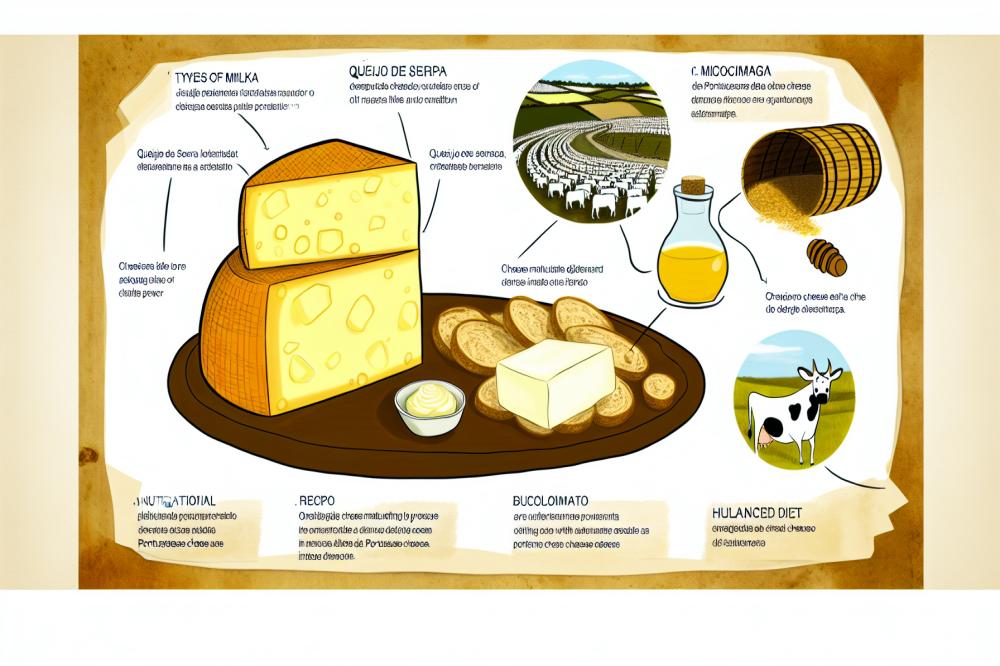
Nutritional content of Queijo de Serpa
Queijo de Serpa is a rich source of nutrients. It contains significant amounts of protein, calcium, and healthy fats. One serving provides about 20 grams of protein, which is essential for muscle repair and growth. The cheese also offers about 30% of the daily recommended calcium intake, crucial for strong bones and teeth. In addition to protein and calcium, it contains vitamins like A, B12, and riboflavin. These vitamins play vital roles in energy production and maintaining good vision. The flavor profile is robust, and the creamy texture adds to its appeal.
Health benefits related to cheese consumption
Eating cheese in moderation can have several health benefits. It supports bone health due to its high calcium content. Consuming dairy products is associated with a lower risk of osteoporosis. Some studies suggest that cheese may help in controlling weight. Its fats can promote feelings of fullness, which may reduce overall calorie intake. Furthermore, it contains probiotics, aiding digestive health. These beneficial bacteria contribute to a balanced gut microbiome, essential for overall well-being.
Role of dairy in a balanced diet
Dairy products play a key role in a balanced diet. They provide essential nutrients that many people might lack in other food groups. Regularly including dairy can improve nutrient intake for children and adults alike. It also helps maintain healthy bones throughout life. The protein in dairy supports various bodily functions, including immune health. In addition to cheese, milk and yogurt also offer similar nutritional benefits. Choosing low-fat options can help people enjoy these foods while managing calorie intake. Overall, dairy enhances dietary variety and contributes to nutritional richness.
Final Thoughts
Queijo de Serpa stands out for its rich flavor and distinctive texture. The aging process, deeply rooted in tradition, plays a crucial role in developing these characteristics. Made from sheep’s milk, this cheese embodies the essence of the Alentejo region. Each wheel tells a story, reflecting local practices and the surrounding environment.
Exploring Portuguese cheeses opens a door to culinary treasures. Various regions offer distinct flavors and textures that deserve attention. From creamy varieties to those with a stronger bite, there’s something for everyone to discover. Sampling these diverse cheeses can enhance your appreciation for this ancient craft.
In culinary practices, the presence of Queijo de Serpa is often a highlight. Its versatility allows it to shine in dishes or stand alone on a cheese board. Pairing it with local wines or olives only complements its rich profile further. Ultimately, savoring such cheese enriches the dining experience and connects one to Portugal’s vibrant gastronomic culture.

